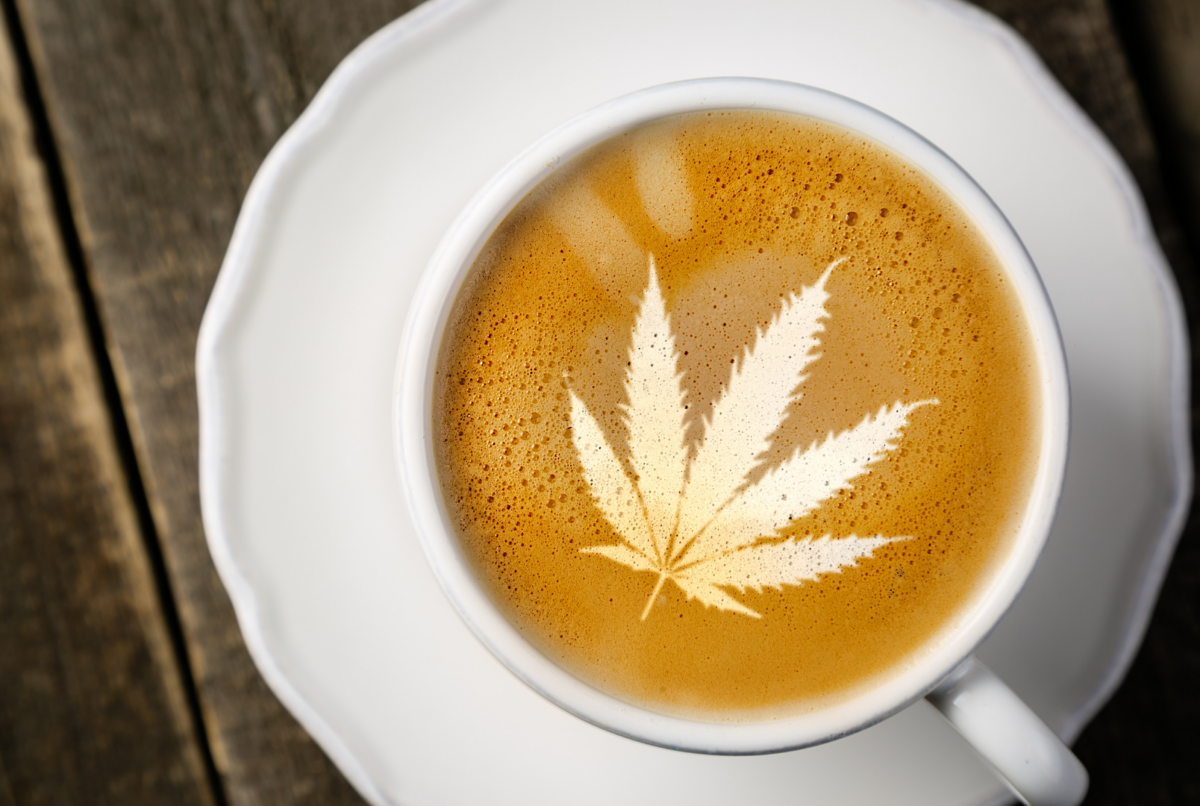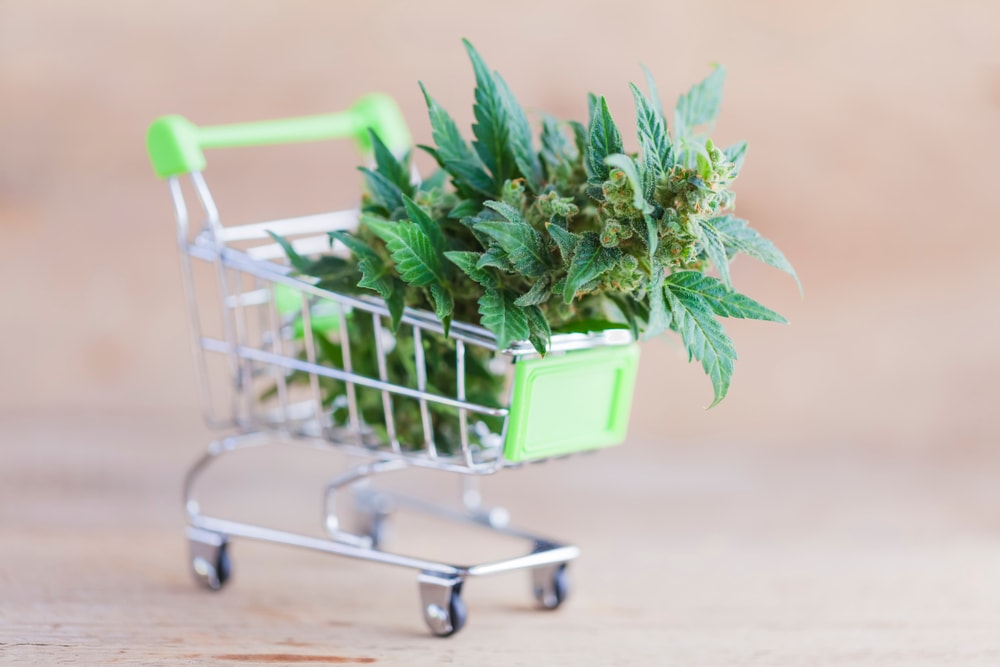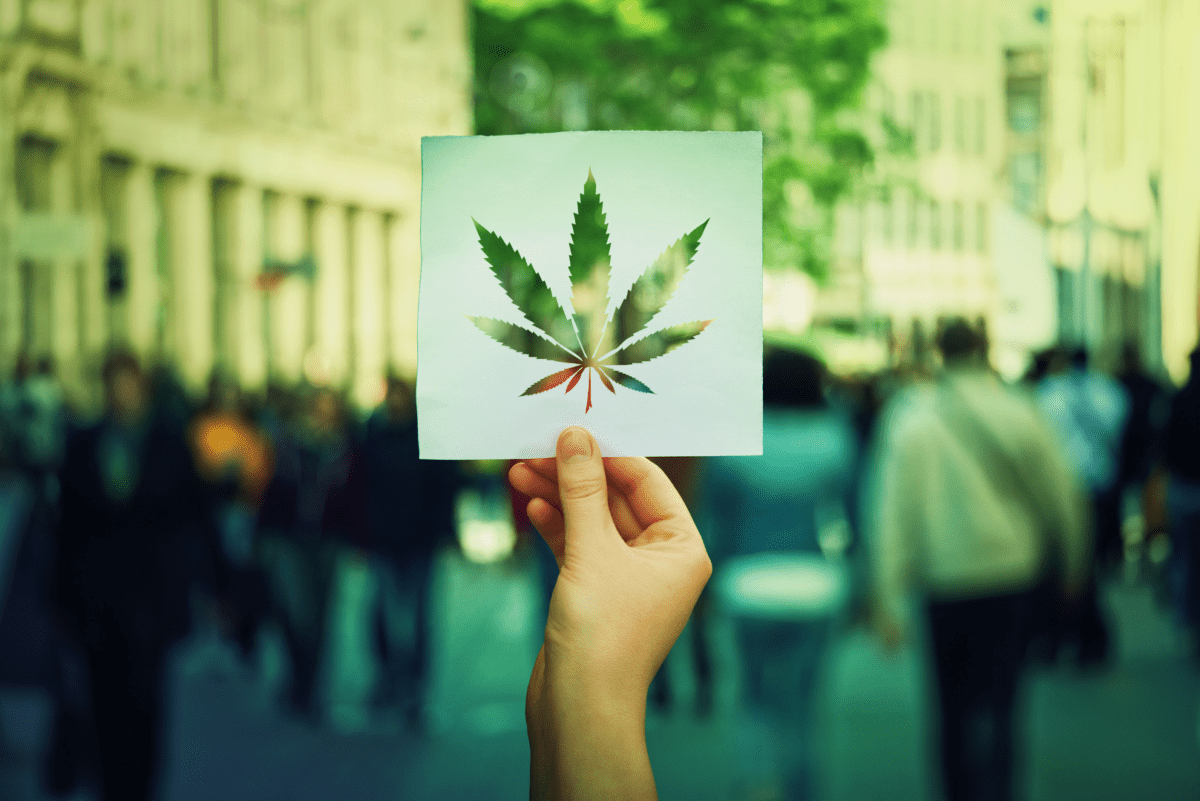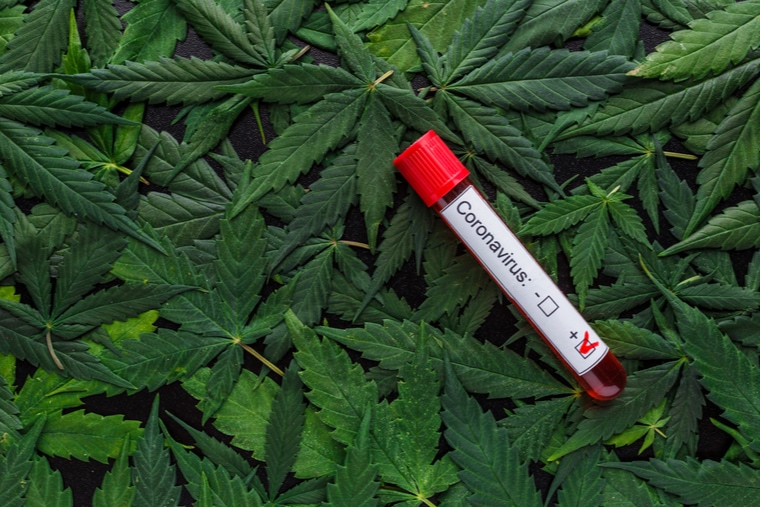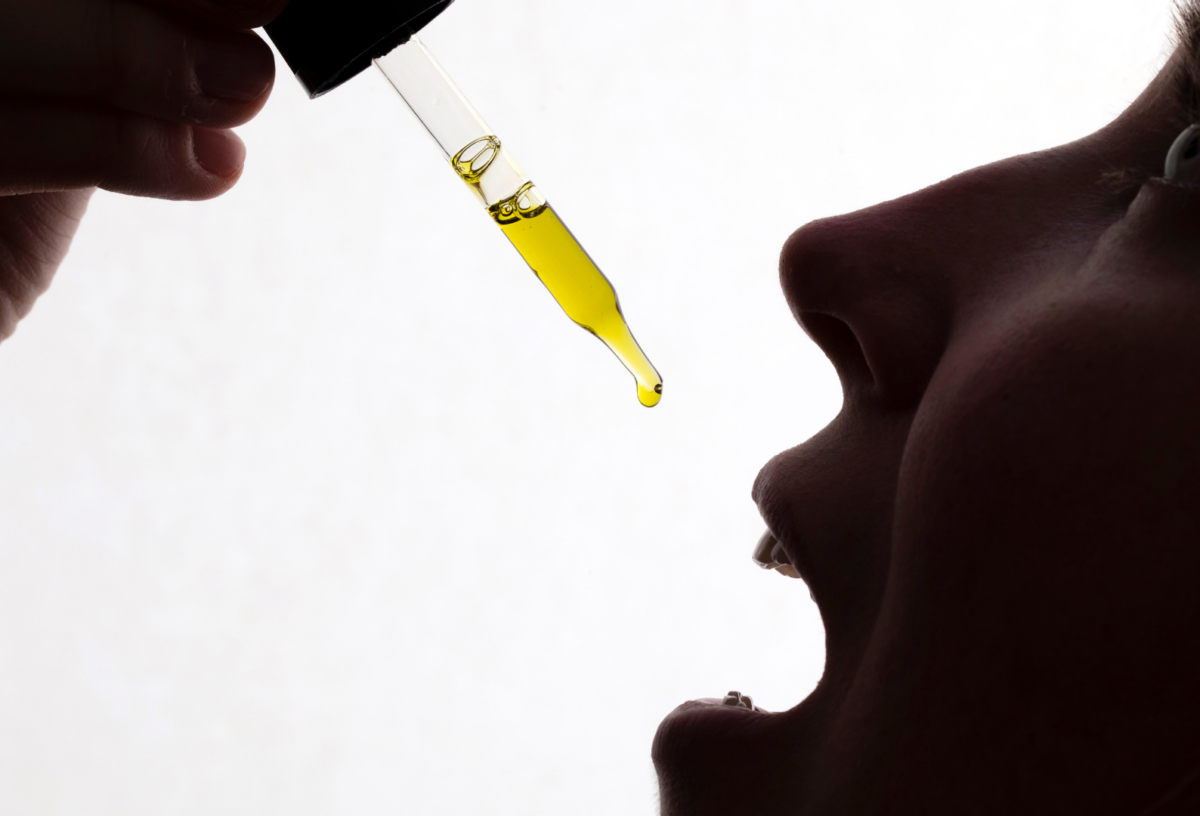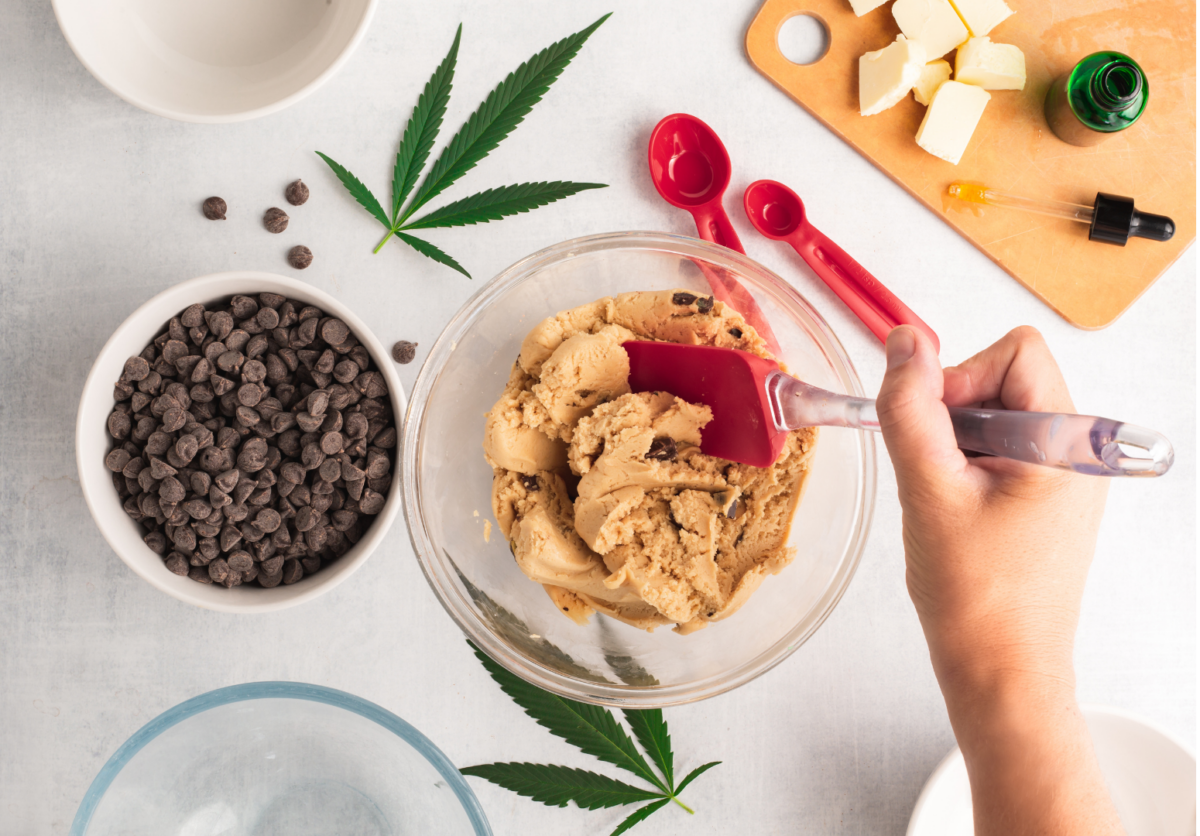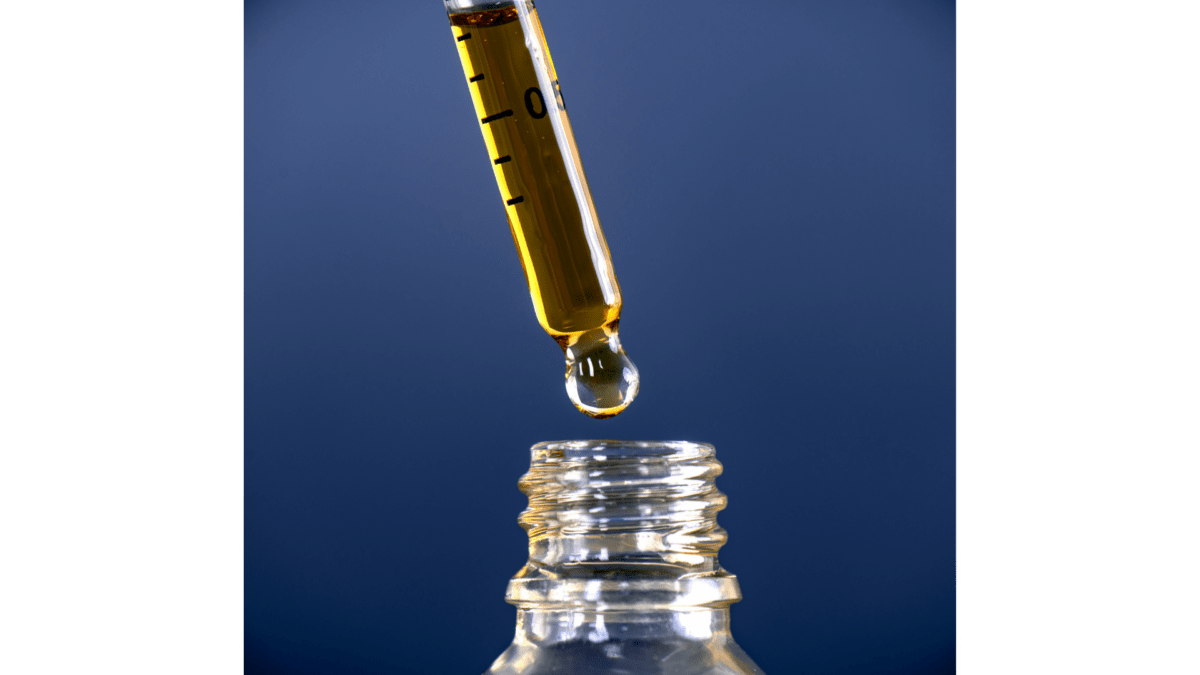In recent years we have seen a lot of hemp products become available on the market. One item of more recent interest is hemp or CBD coffee. Hemp coffee involves blending hemp, as powder or seeds, in with coffee grounds and CBD coffee will be CBD oil infused coffee grounds or CBD oil added to a brewed cup of coffee. At Realm of Caring we look to research to best understand how cannabinoids and parts of the cannabis plant will interact with our bodies as well as the administration or delivery method for optimal absorption and benefit. So let’s take a look at what potential benefits there may be to adding Cannabis sativa to your daily routine.
Hemp as a functional food
Cannabis sativa is considered one of the most ancient cultivated plants and is incredibly versatile. The hemp seed has been claimed as one of the most nutritionally complete food sources, with the ability to offer total nutrition to the body. They contain high levels of omega-3 and omega-6 fatty acids and are a great source of protein in that they provide all nine essential amino acids. Hemp seeds also have an assortment of minerals and vitamins such as magnesium, potassium, iron, zinc, vitamin B, and the well-researched antioxidant, vitamin E. It also has something else that sets it apart from most superfoods we know of today. One of those omega-6 fatty acids hemp seeds contain is known as gamma linolenic acid (GLA), which is also found in breast milk.
Coffee is well-known to have its own health benefits and even reduce the risk of certain diseases. Therefore when coffee and hemp combine, some consider the duo to create a “superfood drink”.
Therapeutic potential of CBD
What you may also find on the market is CBD infused coffee. Before the oil can be added to coffee, the hemp flower must be decarboxylated to activate the compounds. These compounds will then offer a different set of potential therapeutic benefits to the body.
CBD has been researched for its benefits as a powerful antioxidant and therapeutic actions that include reducing oxidative stress, anxiety, inflammation and improving kidney function and the immune system. Therefore adding CBD to a daily regimen, such as your morning cup of coffee may seem like a good way to add a wellness boost.
There have been claims that CBD may improve the negative effects one might experience from caffeine or caffeine withdrawal such as headaches, anxiety, fatigue, lack of focus, and depression, among others. However, research is still lacking on the combined effects of CBD and caffeine. Any potential CBD effects are going to be dose-dependent and any one individuals’ response to a combination of CBD and caffeine is difficult to predict.
Finding a product
If trying one of these new coffee varieties is of interest to you, at Realm of Caring we will always emphasize the importance of the quality of the product. It is beneficial to do some research into the hemp extract that is sourced for the product. You want to know the finished product is free from pesticides, fungicides, heavy metals, and additional harmful contaminants. Use our guide to help you vet your products! Realm of Caring’s free one-on-one support care team can also help with these questions when looking into a company.


